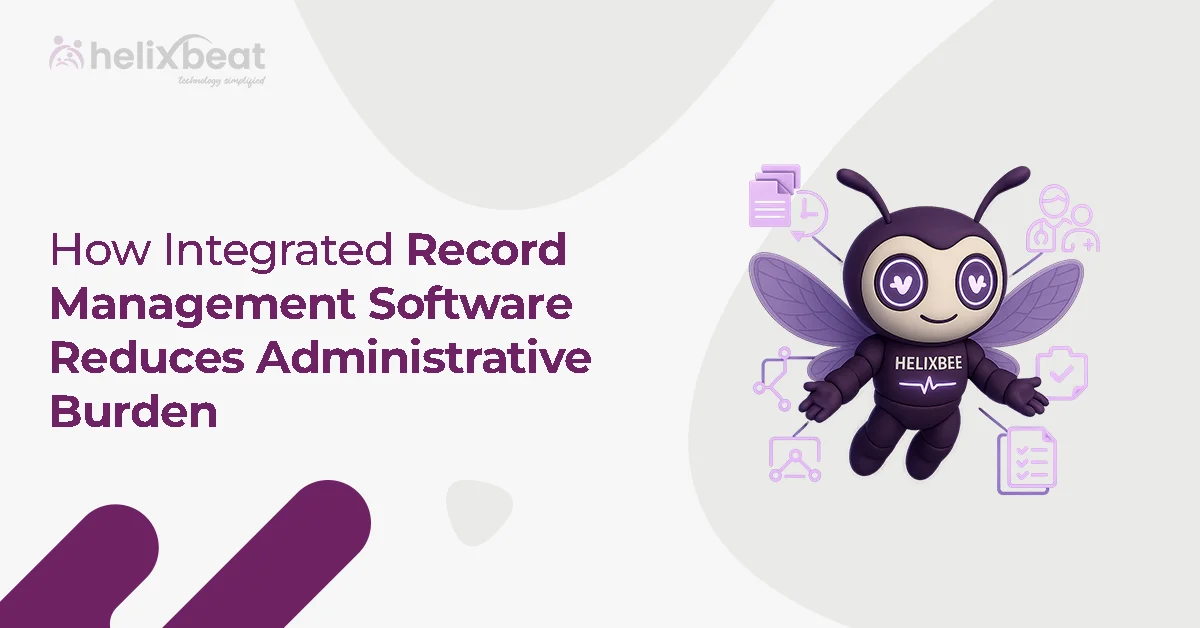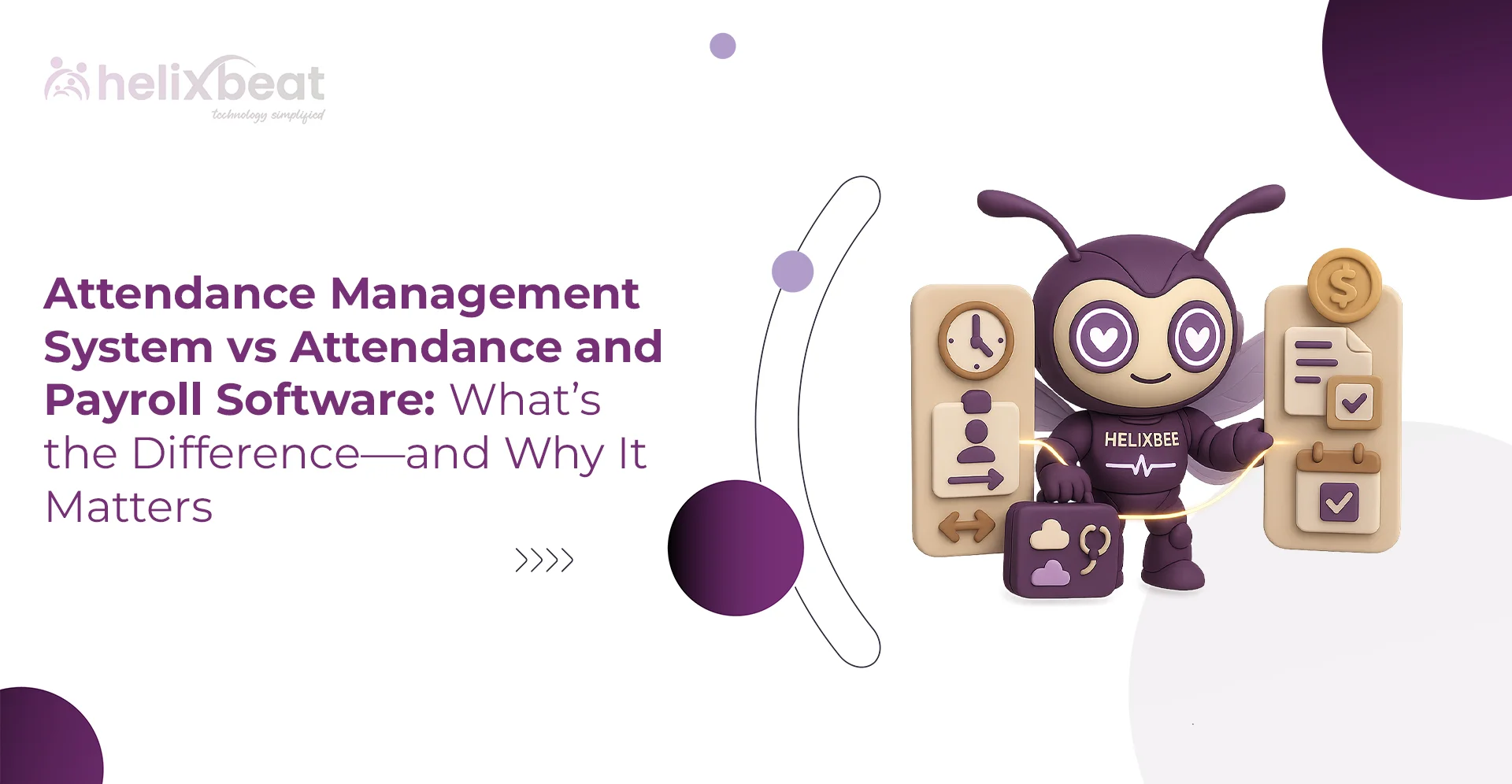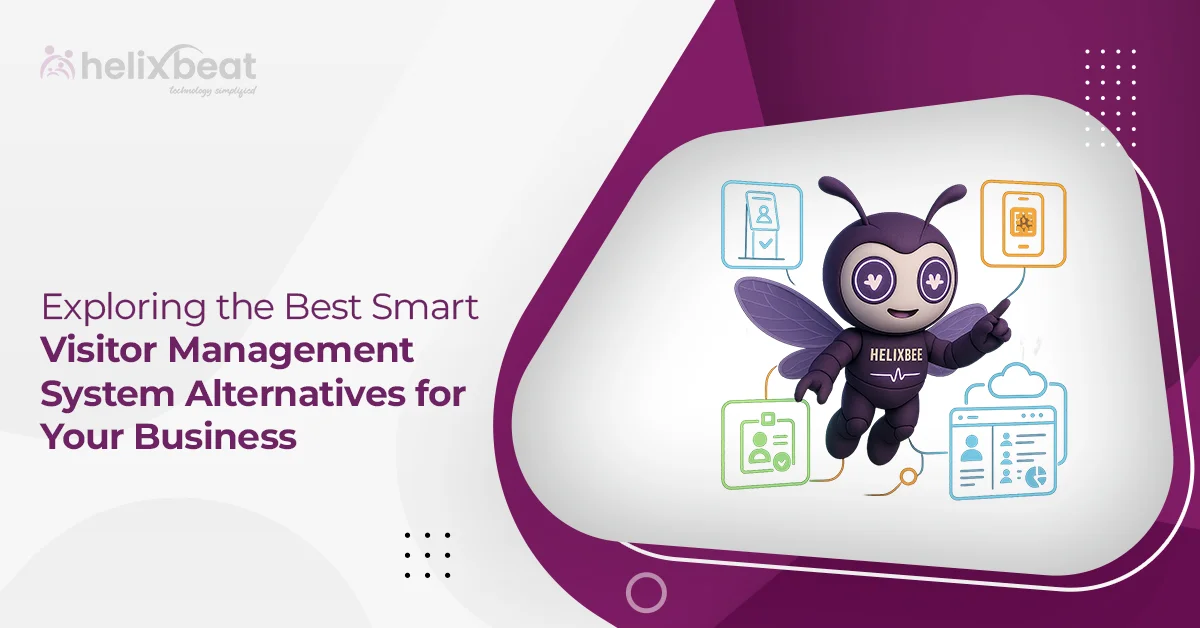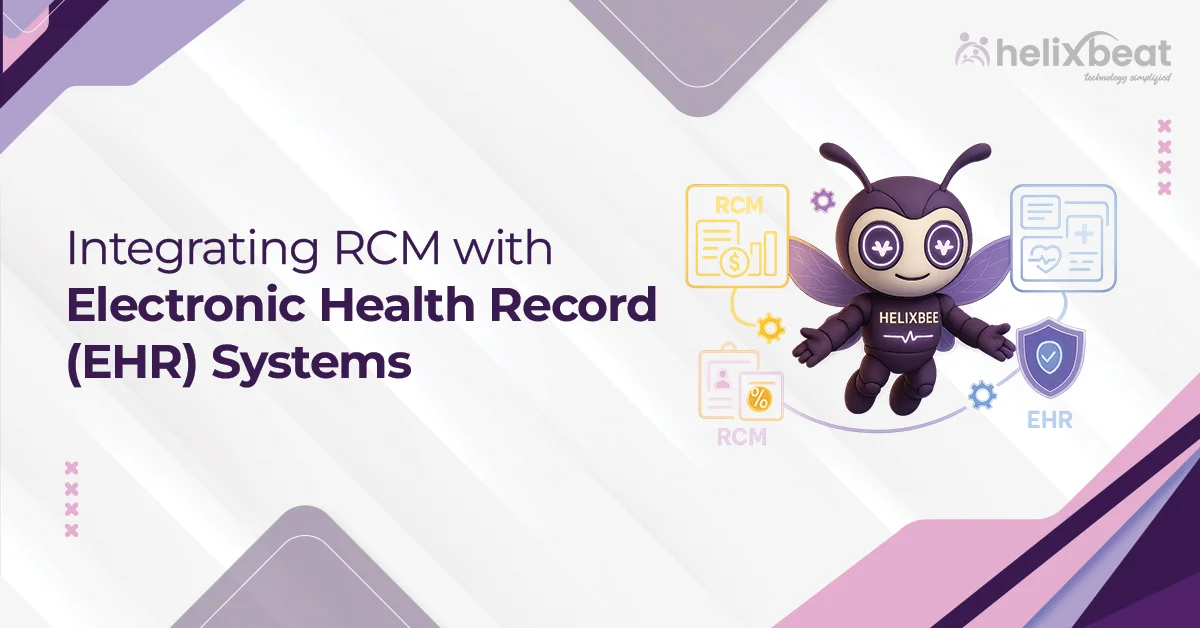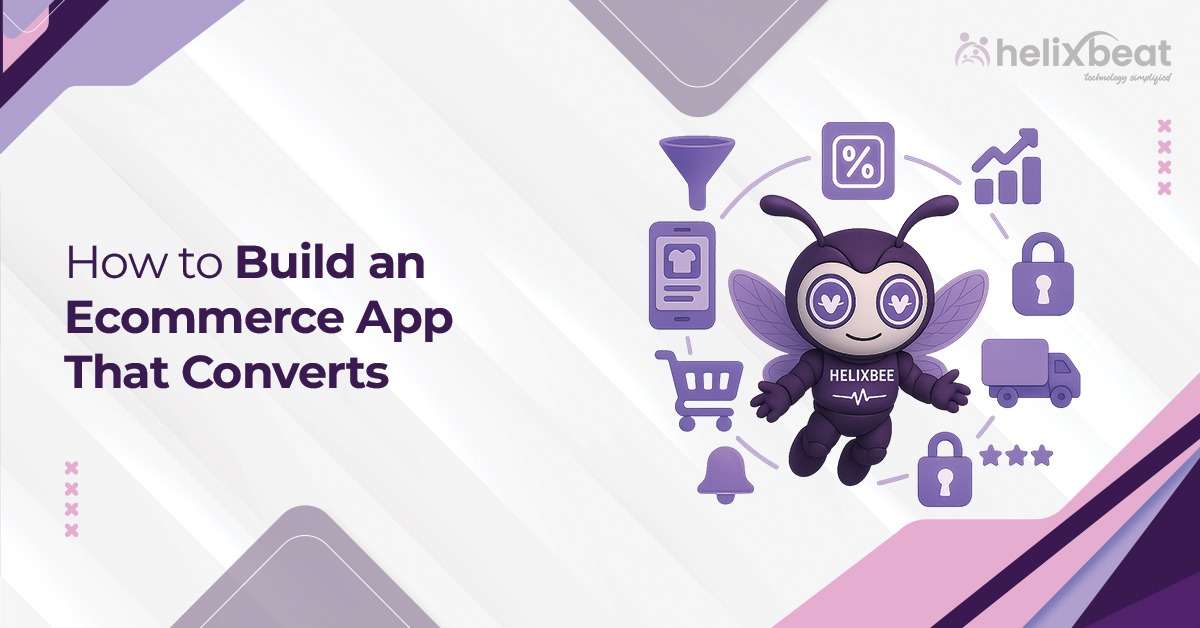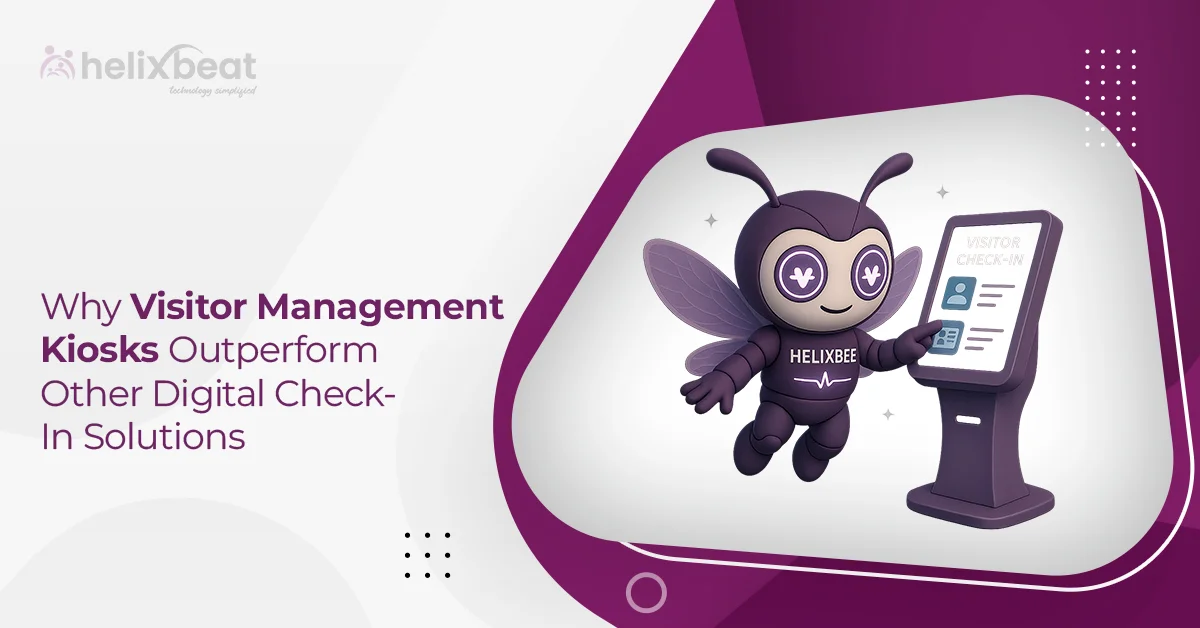Imagine a healthcare ecosystem where applications integrate effortlessly with electronic health records (EHRs), facilitating seamless data exchange, enhanced decision-making, and improved patient outcomes. This vision is becoming a reality with SMART on FHIR.
By merging Substitutable Medical Applications and Reusable Technologies (SMART) with the Fast Healthcare Interoperability Resources (FHIR) standard, developers can create secure, scalable, and interoperable healthcare apps that work across different EHR systems—without extensive customization.
For healthcare IT professionals, adopting SMART on FHIR requires a deep dive into its architecture, use cases, security protocols, and implementation strategies. In this guide, we will break down these critical aspects and offer a roadmap to leverage SMART on FHIR effectively.
Table of Contents
Understanding SMART on FHIR
SMART on FHIR is an open standard that enables healthcare applications to work across different EHR systems without requiring custom integrations.
Key Components
- FHIR (Fast Healthcare Interoperability Resources) – A modern, web-based standard for exchanging healthcare data.
- OAuth 2.0 Authorization – A secure framework for accessing EHR data with user consent.
- SMART App Launch Framework – A protocol for launching third-party applications from within an EHR system.
- FHIR API – The standardized interface that enables applications to read and write patient data.
- Scopes and Permissions – A mechanism for defining and limiting the access level of an app to patient data.
By leveraging these components, healthcare organizations can facilitate interoperability, patient engagement, and clinical decision support without proprietary integrations.
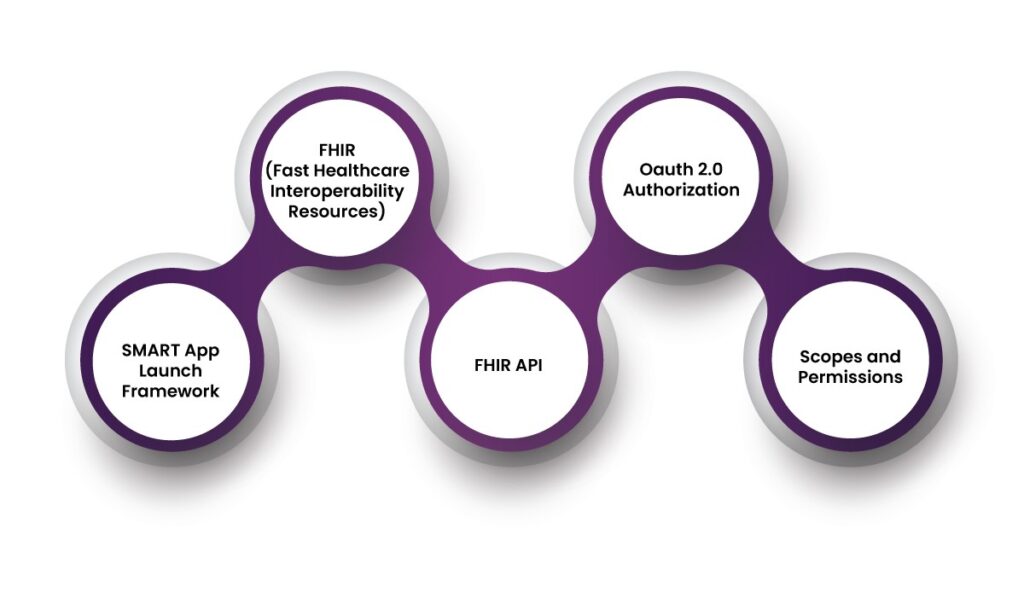
Benefits of Implementing SMART on FHIR
1. Interoperability Across EHR Systems
SMART on FHIR eliminates the need for custom API connections between applications and different EHRs, allowing developers to create apps that function seamlessly across multiple platforms.
2. Enhanced Patient Engagement
Applications built using SMART on FHIR empower patients by providing access to their health records in a structured format, thereby improving transparency and patient-centered care.
3. Streamlined Clinical Workflows
Clinicians can directly integrate decision-support tools, remote monitoring apps, and telehealth solutions within the EHR workflow to reduce administrative burdens and enhance efficiency.
4. Secure and Standards-Based Data Access
OAuth 2.0 authentication, combined with FHIR-based APIs, provides a structured approach to data security while ensuring compliance with regulations like HIPAA and the 21st Century Cures Act in the U.S.
5. Accelerated Application Development
Developers can use open-source SDKs and existing FHIR resources to build applications faster, which reduces development costs and time-to-market.
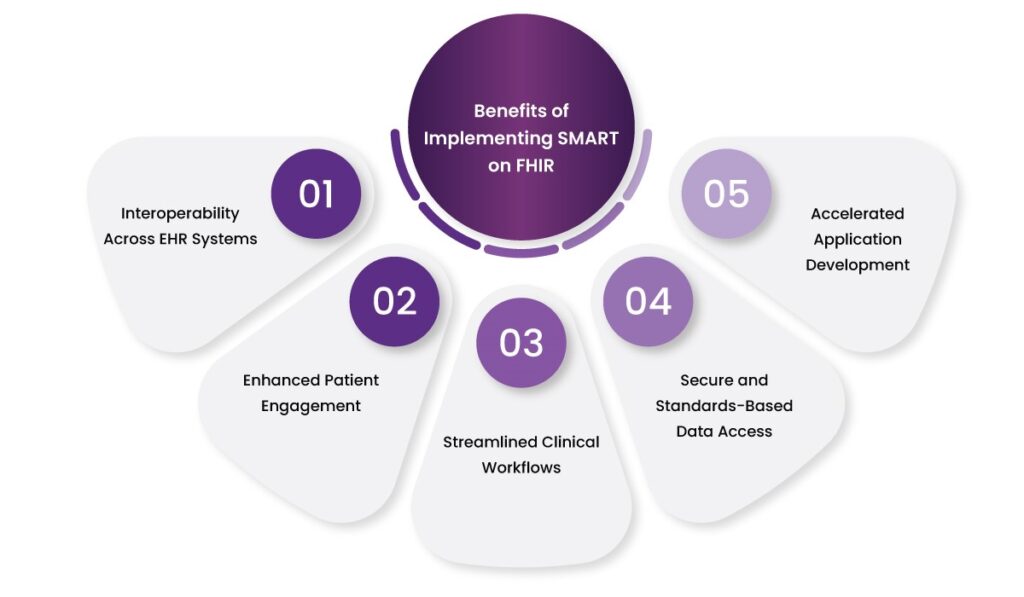
Implementing SMART on FHIR: Step-by-Step Guide
Step 1: Understand FHIR Data Models
SMART applications interact with FHIR resources such as Patient, Observation, Medication Request, Allergy Intolerance, and Condition. Therefore, understanding these resources is critical before starting development.
Step 2: Define Use Cases and Scope
Before implementation, identify the specific use cases your application will address. Common use cases include:
- Patient portals that provide access to medical records.
- Clinical decision support applications.
- Remote monitoring and telehealth solutions.
- Research platforms that aggregate anonymized patient data.
Step 3: Set Up a FHIR Server
A FHIR server acts as the backend data repository for SMART applications. FHIR server deployments vary, with choices between open-source implementations and vendor-managed services. The choice ultimately depends on organizational requirements and cloud infrastructure preferences.
Step 4: Implement OAuth 2.0 Authentication
SMART on FHIR uses OAuth 2.0 to authenticate and authorize users. Key steps include:
- Registering the SMART application with an Identity Provider (IDP).
- Implementing authentication workflows for patient-level, user-level, and system-level access.
- Configuring scopes such as patient.read, patient.write, user.read, and user.write to define access levels.
Step 5: Develop and Test SMART Applications
Development involves creating front-end and back-end components that interact with the FHIR API. Tools that aid in development include:
- SMART App Launcher – A sandbox environment for testing SMART applications.
- Postman – A tool for sending requests to FHIR APIs and validating responses.
- FHIR Validator – Ensures compliance with FHIR standards.
- Docker – Helps in deploying scalable FHIR servers and testing environments.
Step 6: Deploy the Application in a Healthcare Environment
Deployment involves integrating the application with real-world EHRs. The process includes:
- Registering the application with the hospital’s EHR system.
- Conducting security and compliance checks.
- Running user acceptance testing (UAT) with healthcare professionals.
- Monitoring application performance and user feedback post-launch.
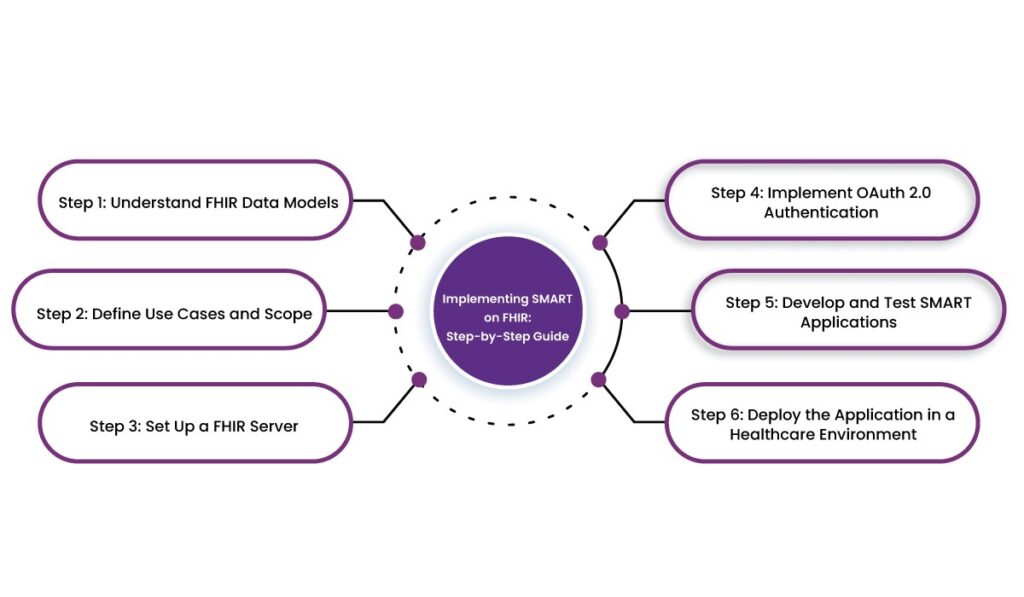
Security and Compliance Considerations
1. Data Privacy Regulations
SMART applications must comply with healthcare privacy regulations such as:
- HIPAA (U.S.) – Protects patient data security.
- 21st Century Cures Act – Governs data protection and patient consent.
- HITRUST – Provides a framework for risk management.
2. Role-Based Access Control (RBAC)
RBAC ensures that only authorized users (clinicians, administrators, or patients) can access specific data sets.
3. Secure Data Transmission
SMART applications must use TLS encryption for all data exchanges to prevent unauthorized access and data breaches.
4. Audit Logs and Monitoring
Maintaining logs of all API requests and authentication events helps in tracking unauthorized access attempts and improving system security.
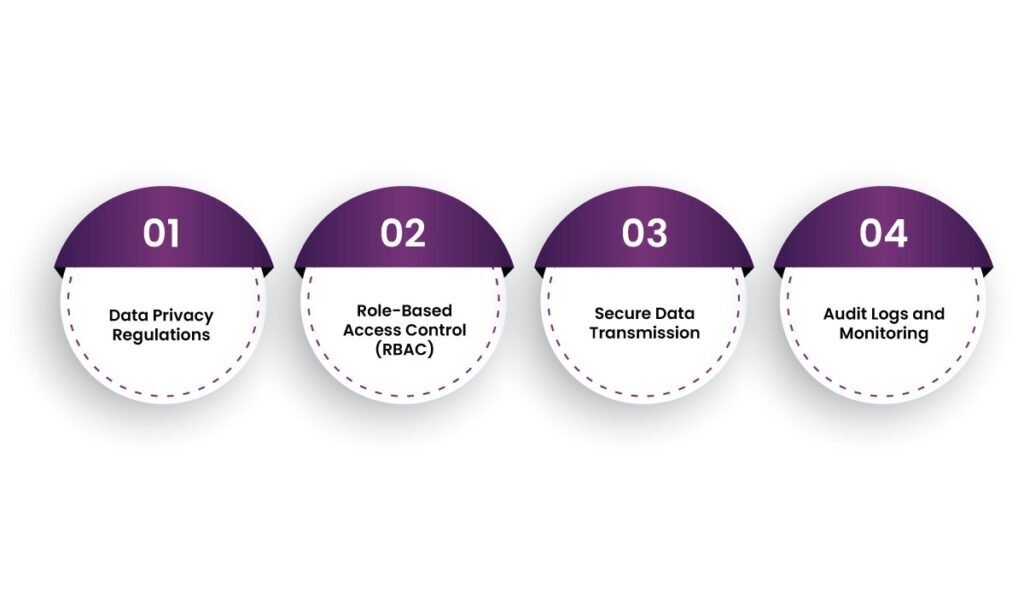
How FHIR Server FUSION Supports SMART on FHIR Implementation
An important step in implementing SMART on FHIR is setting up a reliable FHIR server that can handle seamless data exchange, security, and compliance. FUSION by Helixbeat is a powerful FHIR server solution that simplifies this process, making it easier for healthcare organizations to integrate SMART applications with electronic health record (EHR) systems.
Key Features of FUSION
- Data Standardization: FUSION converts multiple healthcare data formats into the FHIR standard, reducing inconsistencies and making data exchange across systems more structured and efficient.
- FUSION facilitates real-time data exchange between SMART applications and EHRs, enabling plug-and-play compatibility without extensive custom coding.
- Regulatory Compliance: With built-in support for industry regulations, FUSION helps healthcare organizations meet interoperability mandates while addressing data privacy and security requirements.
- Secure OAuth 2.0 Authentication Support: FUSION supports OAuth 2.0 authentication workflows, so that only authorized users can access patient data through SMART applications.

FUSION by Helixbeat provides a robust, scalable, and compliant infrastructure that accelerates SMART app development and enhances interoperability.
Final Thoughts
Implementing SMART on FHIR allows healthcare IT professionals to build scalable, interoperable, and secure applications that work seamlessly with EHR systems. By understanding the architecture, authentication mechanisms, compliance considerations, and common challenges, organizations can successfully deploy SMART on FHIR applications that enhance clinical workflows, improve patient engagement, and contribute to the digital transformation of healthcare.
Learn more about how FUSION can optimize your SMART on FHIR deployment today.
FAQs
1. What is SMART on FHIR, and why is it important?
SMART on FHIR is an open standard that allows healthcare applications to integrate seamlessly with electronic health record (EHR) systems. It enhances interoperability, enabling secure and efficient data exchange across different platforms.
2. What are the key components of SMART on FHIR?
SMART on FHIR consists of FHIR resources, OAuth 2.0 authentication, the SMART App Launch framework, FHIR APIs, and defined scopes and permissions for controlling data access.
3. How does SMART on FHIR enhance patient engagement?
Patients gain access to their health records in a structured format, allowing them to track their medical history, share data with providers, and actively participate in their healthcare journey.
4. What security considerations should be addressed when implementing SMART on FHIR?
Key security measures include role-based access control (RBAC), TLS encryption for data transmission, audit logs for monitoring access, and compliance with industry regulations like HIPAA and the 21st Century Cures Act.
5. How can FUSION by Helixbeat help with SMART on FHIR implementation?
FUSION simplifies SMART on FHIR deployment by converting diverse healthcare data formats into FHIR, supporting OAuth 2.0 authentication, automating data mapping, and providing a scalable infrastructure for seamless integration.





